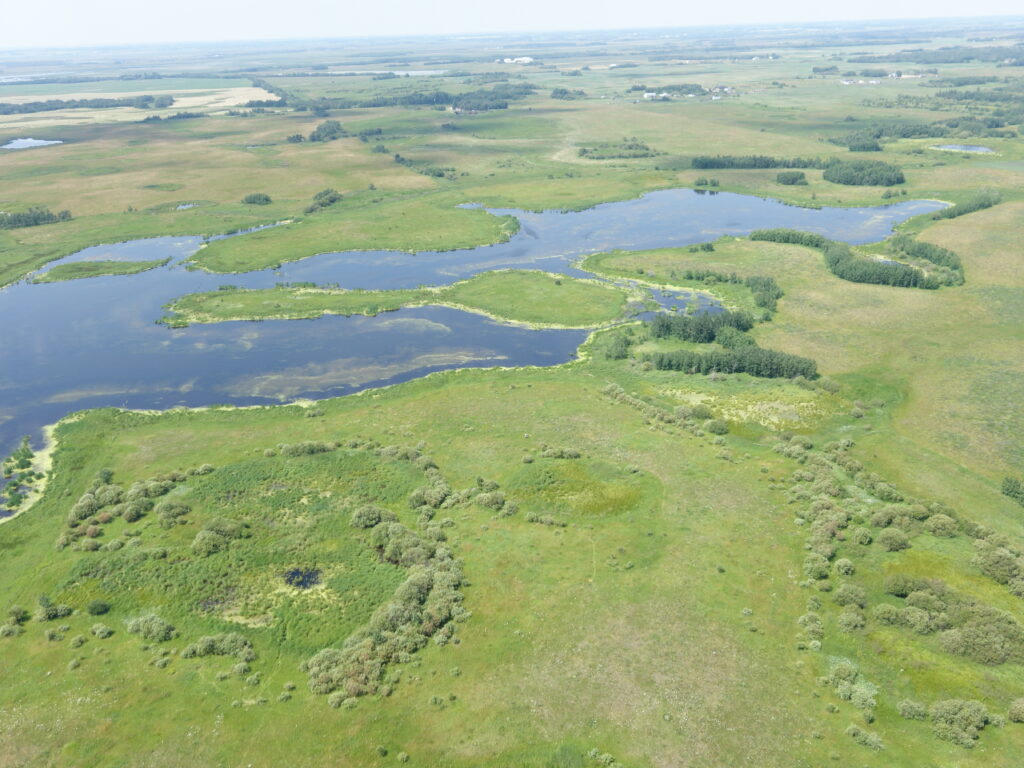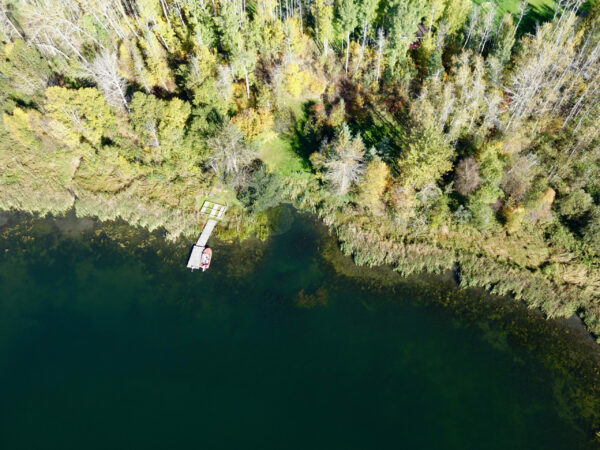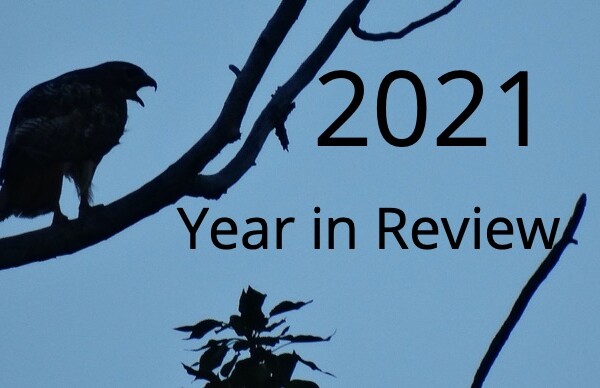You have already heard us sing the praises of incorporating natural and semi-natural assets (such as wetlands, trees, grasslands, watercourses etc.) in municipal management systems through our work with the town of Okotoks. The importance of incorporating environmental factors so that ecosystem services get accounted for in decision-making processes is something we feel strongly about, and we are happy that this type of work is starting to gain some traction.
If you’re newer to the ecosystem services game, the general definition of an ecosystem service is an “output, condition, or process of a natural system that directly or indirectly benefits humans or enhances social welfare”. It is this benefit to humans that we focus on in our natural asset inventory work, and it is also the focus of a new, related piece of work we recently released with the Miistakis Institute with help from our friends at Nichols Applied Management and MAGNA Engineering Services.
For this project, we focused on a specific ecosystem service in a specific location: Flood Mitigation in the Elbow River watershed.
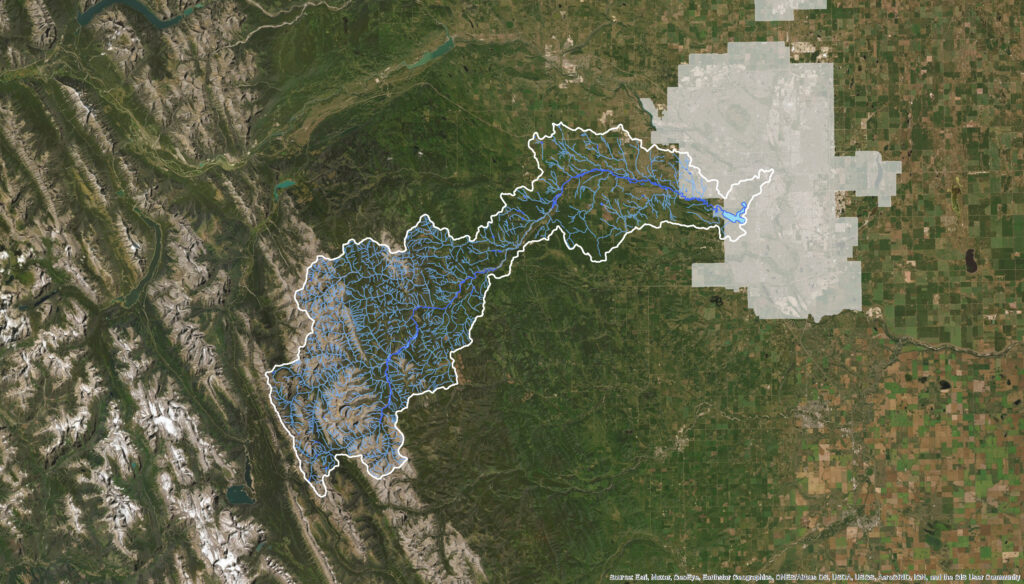
For any of us who experienced or witnessed the flood of 2013 in southern Alberta, we know firsthand how destructive and dangerous a flood can be. That particular flood highlighted the extreme vulnerability of the region, and there was a $5 billion dollar bill to pay from damages after the fact. Flooding is one of the most common, widely experienced, and deadliest form of natural disaster, and the incidence of flooding has increased – and is expected to continue to increase – in both frequency and severity due to climate change. The flood of 2013 highlighted the need for flood planning and mitigation in flood-prone areas, such as Calgary, in order to ensure long-term community resilience.
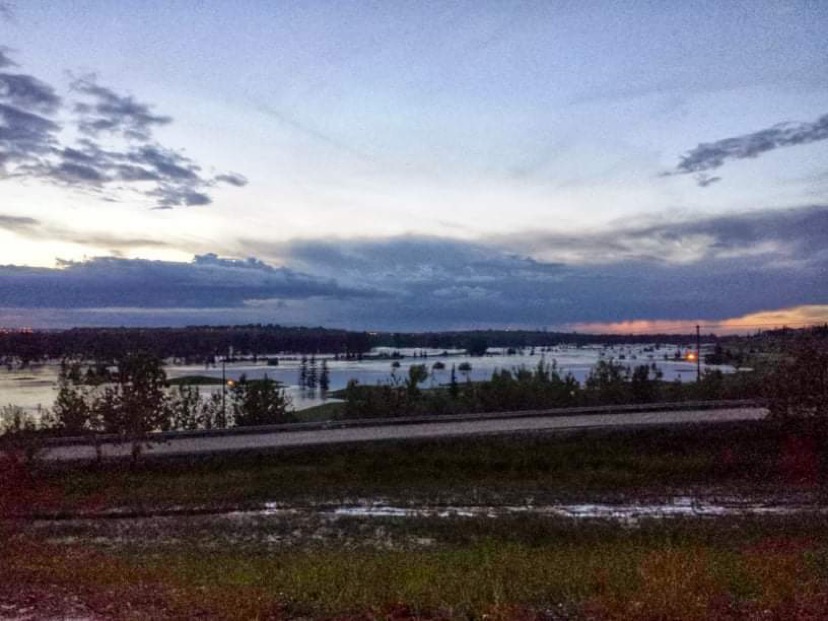
When it comes to flood mitigation, much of the emphasis is put on grey infrastructure solutions (think dams and other human-created barriers), and while these are often effective, they can have adverse effects on wildlife and ecological processes, be ineffective in certain types of terrain, and have a limited lifespan and high construction/maintenance costs. This is where considering natural infrastructure comes in. There is an increased recognition of the role that natural infrastructure, such as riparian vegetation, wetlands, and forest cover, can play in mitigating flood disasters. But it does take some trans-disciplinary thinking and multidisciplinary expertise to pull off.
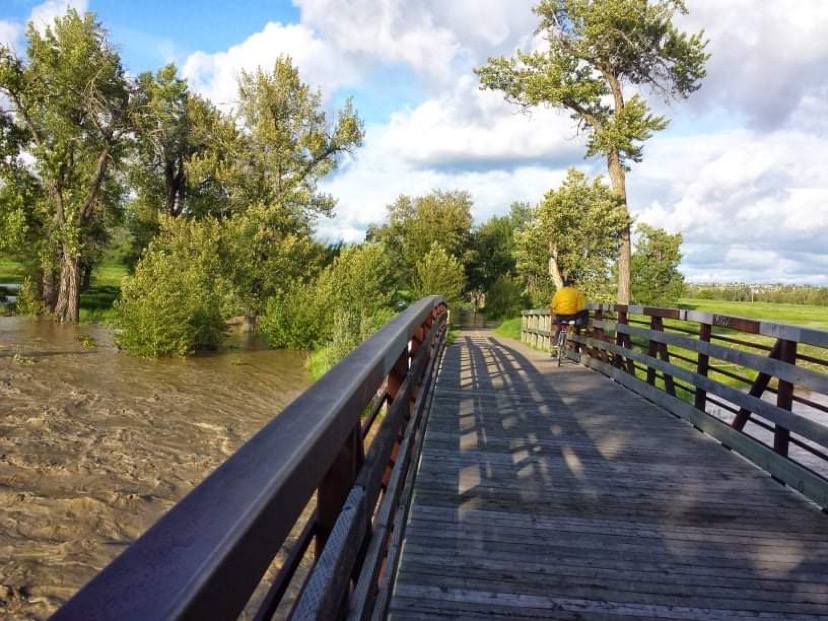
The way that natural infrastructure helps to mitigate flooding is by slowing and detaining water runoff, especially after a heavy precipitation event. As land development occurs and these natural systems are removed, the ability of ecosystems to remain resilient to flooding decreases. Therefore, when considering natural infrastructure as a flood mitigation strategy, it becomes important to consider not only conservation of existing natural features or the creation of new ones, but the restoration of features that have been historically lost, wherever that is feasible. However, the challenges of considering appropriate scale (think watershed instead of municipality) and understanding how to create a business case for natural infrastructure (ensuring that all of the relevant ecological, hydrological, social and economic factors are considered) can often hinder the ability for decision-makers to incorporate natural infrastructure into a flood mitigation or resiliency plan.
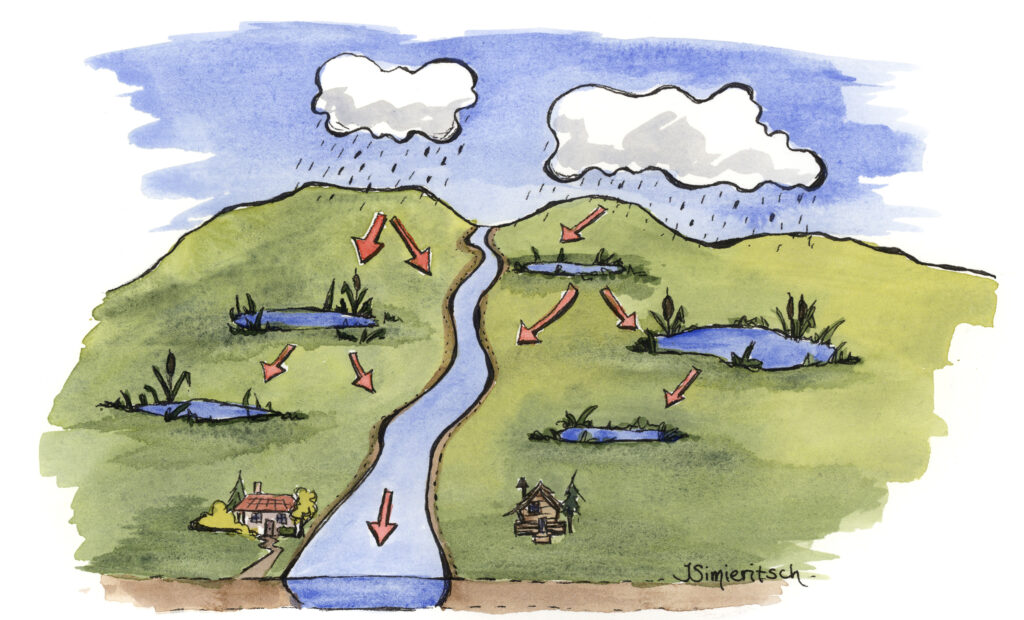
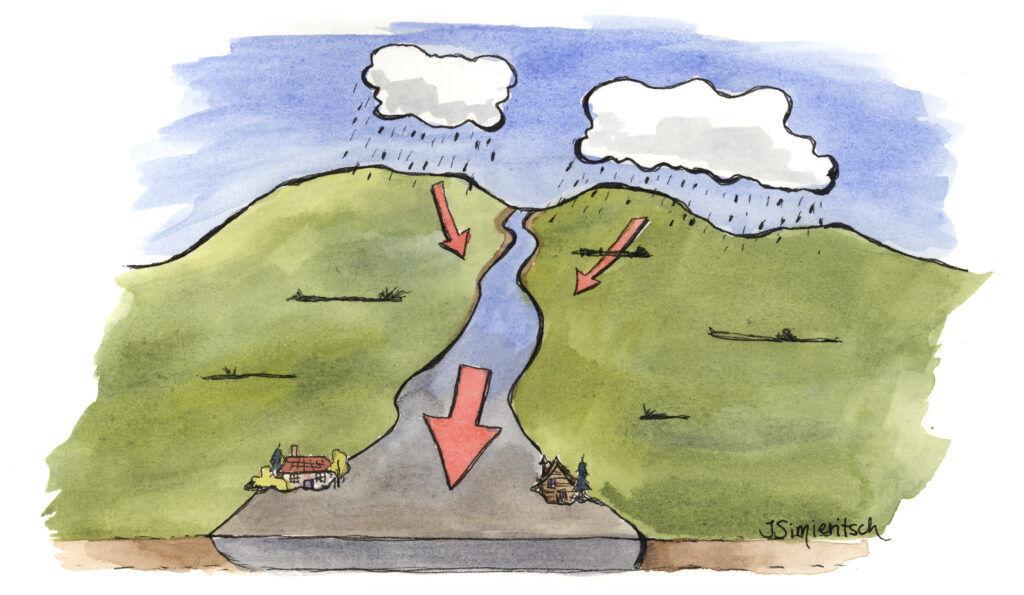
In order to demonstrate how this could be done in a relevant scenario, we developed a methodology for assessing the contribution of natural infrastructure to flood mitigation in the Elbow River watershed, with the intention that our approach could be applied to other watersheds in Alberta and elsewhere.
Why the Elbow River? Well, the Elbow River watershed contributed substantially to the 2013 flood damage in the City of Calgary. In our report we discuss the factors that have contributed to severe flooding events in this watershed, and we lay out a general framework for assessing the contribution of natural infrastructure to flood mitigation so that decision-makers can make more informed decisions about integrating natural infrastructure along with grey infrastructure when planning for flood mitigation. We also run through the general framework with the Elbow River watershed example to show how the framework can be applied to different land management scenarios.
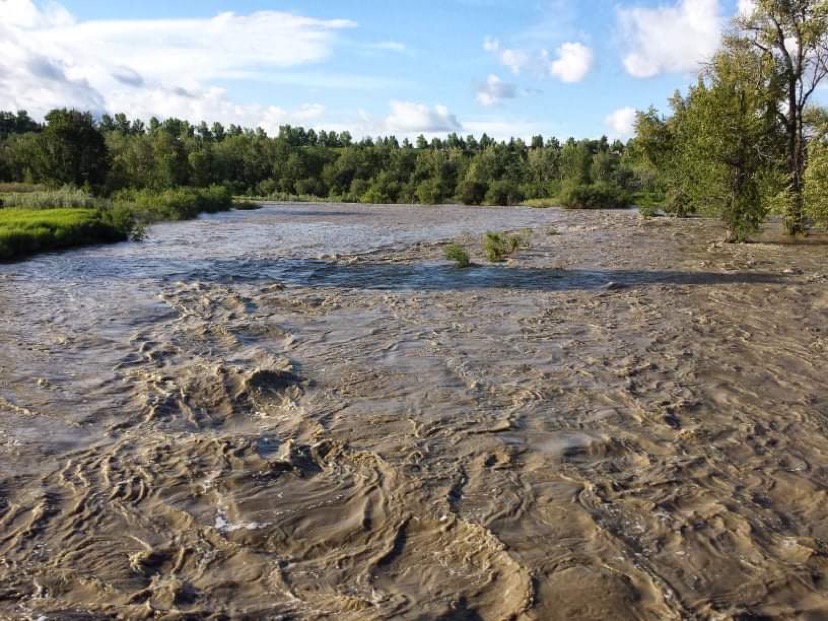
An effective and comprehensive flood mitigation strategy will likely require both natural and grey infrastructure to ensure as much protection as possible; however, it is critical to emphasize the inclusion of natural infrastructure, particularly as it is typically cheaper and easier to maintain than its grey infrastructure counterparts and has added environmental and social benefits. We hope that this report will help increase the uptake on natural infrastructure as a credible and feasible way of mitigating challenges such as flooding and reduce the skepticism that exists around ecosystem-based adaptation strategies for reducing disaster risk.
